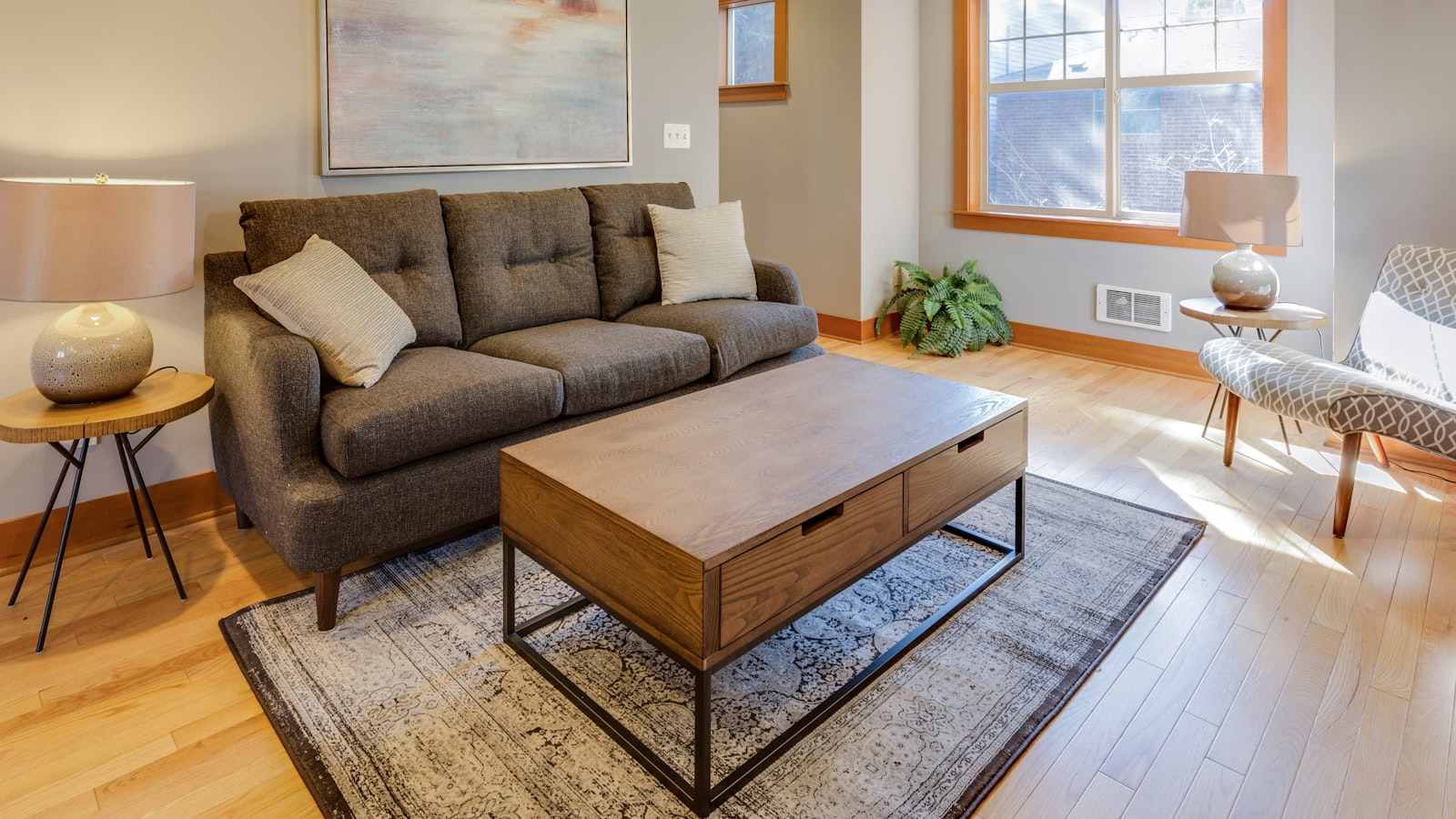
Assisted Living Facilities
Assisted living facilities are a good alternative to nursing homes for some older adults. These facilities offer a range of care options, including help with meals and medication management.
Assisted living facilities provide a sense of community and encourage social interaction. This can reduce feelings of loneliness and depression in seniors.
assisted living facilities
Assisted living facilities offer an environment where your loved one can live as independently as possible with support and care they need to help them stay healthy. They are designed to provide all the services your loved one needs to maintain a high quality of life, from meals and transportation to healthcare and physical therapy.
Typically, you pay monthly rent for a private apartment or room and an additional fee for the level of care your loved one requires. In addition, some communities have on-site doctor or pharmacy access.
Assisted living facilities also provide classes and activities to keep your loved one active and engaged, such as exercise, yoga or painting classes. These activities may vary by facility but they are often supervised by trained staff.
does medicare pay for assisted living
Assisted living is a type of long-term care for older adults who need help with everyday tasks. It’s a step between living at home and staying in a nursing home, and it blends medical monitoring and assistance with daily activities.
Medicare doesn’t pay for room and board at an assisted living facility, but it does cover some services that are offered in these communities. For example, it can cover some of the transportation you need to doctor’s appointments or preventive screenings.
Another option for paying for assisted living is to sign up for a Medicare Advantage plan (also known as Part C). These plans are offered by private insurance companies and can include wellness programs, in-home care, adult daycare, and more. Costs and coverage vary by state.
how much is assisted living
The costs of assisted living vary by community, residence size, care needs and location. The average cost of an assisted living facility is $4,500 per month (about $54,000 annually).
A few payment options exist for assisting living, including private funds from retirement accounts or savings, as well as public programs such as Medicaid or veterans benefits.
While pricing is rarely listed online, it is important to ask about costs when speaking with the sales department at any facility you are considering.
Assisted living prices include room and board, as well as services such as personal care, transportation, laundry and dining. Some facilities bill residents on an as-used basis, while others charge a single monthly fee.
who pays for assisted living
Many seniors rely on private funds to cover the cost of assisted living. These sources can include savings accounts, retirement accounts, life insurance, and Social Security benefits.
Medicaid is another option for paying for assisted living, and most states have a program that can help seniors pay for the cost of care. However, eligibility requirements and payment amounts vary by state.
Medicare may also help with some of the costs, but it is generally used to pay for a nursing home or home health care rather than an assisted living facility. The coverage is limited and often has to be purchased separately, so it is important to consult with your insurance provider or a local aging resources office about your long-term care options.
assisted living vs nursing home
Assisted living facilities are a great option for seniors who need assistance with daily tasks but want to maintain their independence. These communities offer daily support and social activities, allowing residents to stay active and connected.
Nursing homes, on the other hand, are designed for seniors with more severe medical conditions who require round-the-clock care. These residents usually have serious mobility limitations, such as bedridden or wheelchair-bound individuals.
When deciding between nursing homes and assisted living, the level of care, expected length of stay, and cost will be important factors. It’s also essential to consider the potential for improvement and how a senior’s needs might be better met in another setting.










